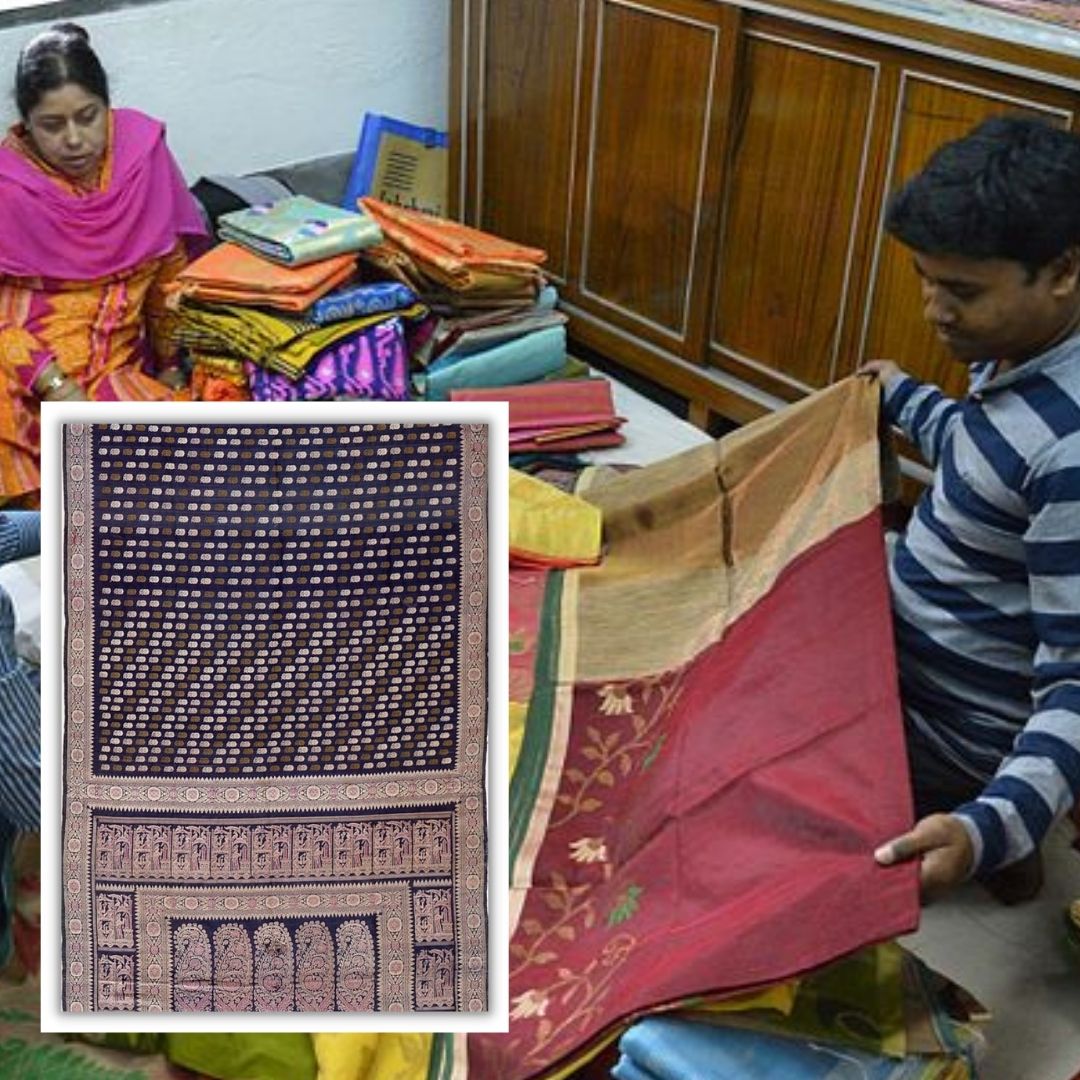From Local To Global : How Murshidabad Silk Has Dominated Markets With Its' Fabric Quality?
Writer: Akanksha Saxena
I am a budding journalist who loves to write stories that have the ability to connect with people.
West Bengal, 11 April 2022 1:10 PM GMT | Updated 11 April 2022 2:09 PM GMT
Editor : Snehadri Sarkar |
While he is a massive sports fanatic, his interest also lies in mainstream news and nitpicking trending and less talked about everyday issues.
Creatives : Akanksha Saxena
I am a budding journalist who loves to write stories that have the ability to connect with people.
The Murshidabad Silk is touted to be leading the global silk market because of its rich history behind it, which was started by the Nawab of Bengal named Murshid Quli Khan who shifted his capital from Dhaka.
India is a land that is famous for its diversity. From food to traditions, every region has its history and culture that differentiates it from the rest. The same holds for clothes as well. Over the years, they have represented the country globally as its processes have found their way in the world market. Therefore, they have made a historic mark on the world map.
In May 2022, Queen Elizabeth II's Platinum Jubilee will be marked with 200 woven flags that will be made out of the famous Murshidabad silk. In light of this, a French textile artist named Isabelle Moulin addressed the possibility of the renowned fabric reaching the global market. For years, the famous kind of silk fabric from West Bengal is steeped in rich history.
Golden Legacy Of Silk
Murshidabad is the second-largest silk producer in West Bengal, and its location plays an integral role in the silk trade. The small town has always been known as the prime manufacturer of Muslin, Jamdani and Baluchari Butidar silk sarees for the princely families in the region.
In the eighteenth century, the then Nawab of Bengal named Murshidkuli Khan shifted his capital from Dhaka to a town near the Bhagirathi river called 'Murshidabad' after him. According to Wikipedia, the ruler brought a rich weaving tradition to the city to encourage employment in the area. It flourished in a village called 'Baluchar' in the district, after which a distinct design became famous called 'Baluchari Saree'. It is known for depicting mythological stories on the clothing.
As years passed, Murshidabad Silk gained momentum as the British authorities saw a business opportunity that helped establish a business centre in the region. They opened the first factory in Kassimbazar that benefited the local silk weavers. Over time, the number increased as the East India Company established its authority in the Bengal presidency.
However, it was later revealed that the British rule made the business centres for their benefit. The raw material was shipped to their home country, putting the weavers at a disadvantage. Despite it, the legacy of the Murshidabad silk is still alive and thriving.
Also Read: Why Is Muhammad Yunus Known As The 'Father Of Micro-Finance'?
 All section
All section















